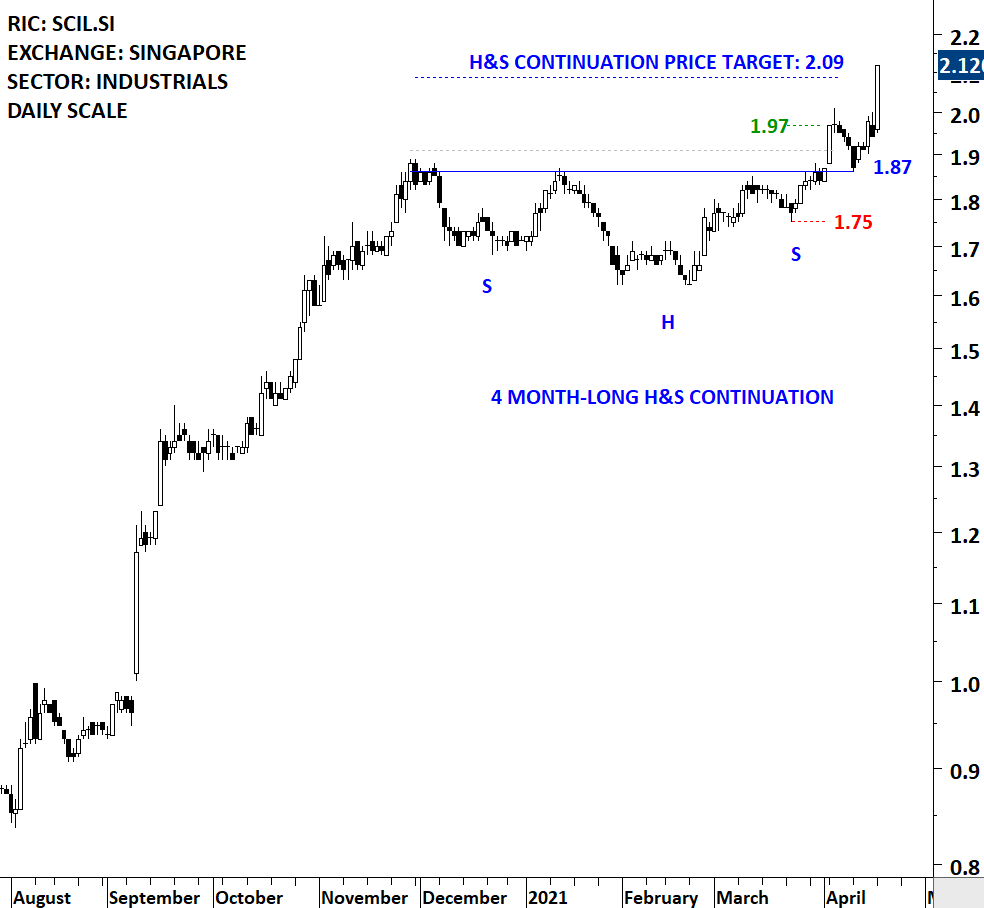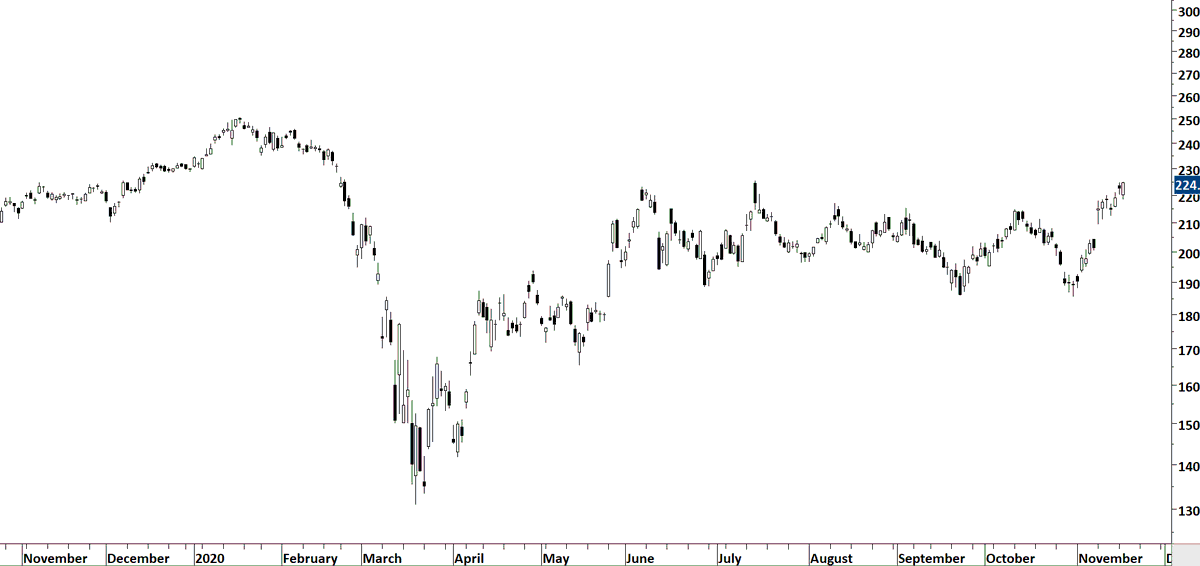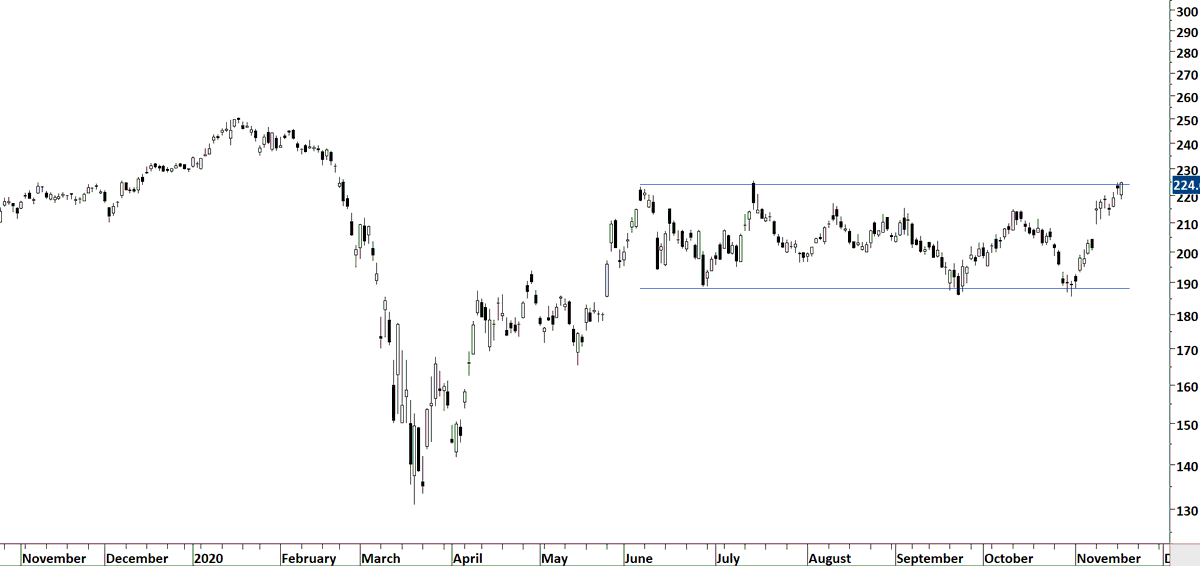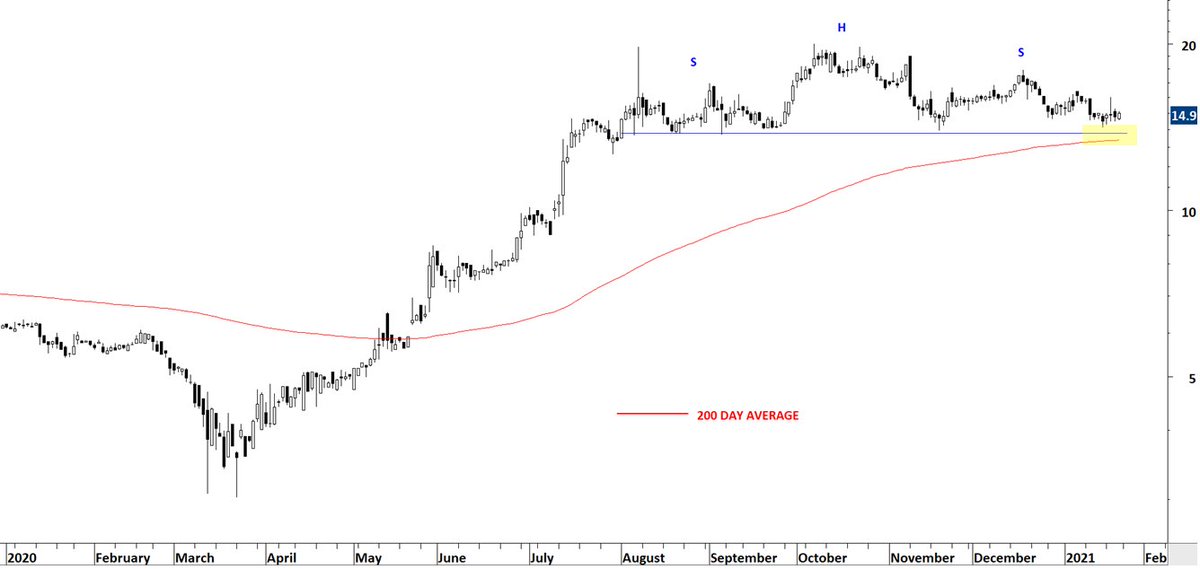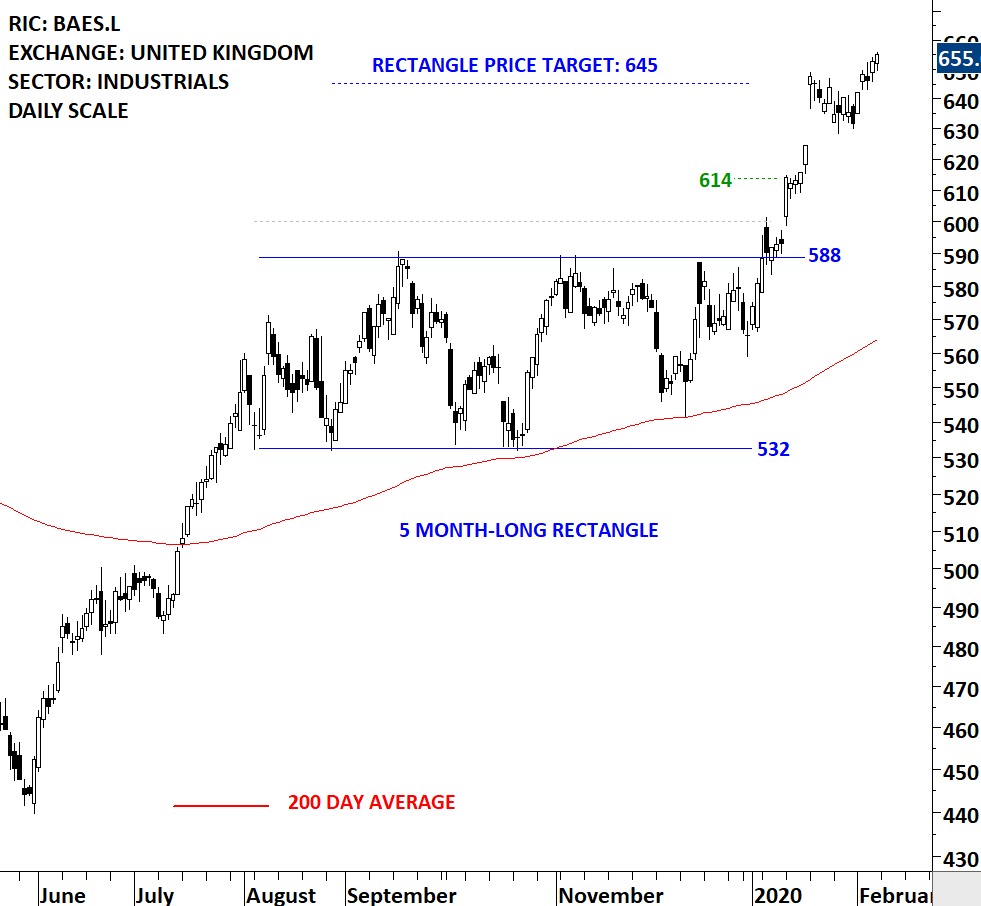
Btw, when I was managing funds in MENA, I was trading Saudi Arabia (bigger and liquid part of any MENA fund) and that was adding my work days to 6.
I feel for #cryptocurrency traders. You need some time to unwind, think, read & study. 7 days a week... come on.
I feel for #cryptocurrency traders. You need some time to unwind, think, read & study. 7 days a week... come on.
For #cryptocurrency traders out there that are still in front of charts on a weekend, here are some updates for you, some well-defined ranges on select few:
$BTCUSD Rising wedge is still in play. 43K can become the target as a breakdown from wedge can retrace back to the beginning of wedge. 

• • •
Missing some Tweet in this thread? You can try to
force a refresh









